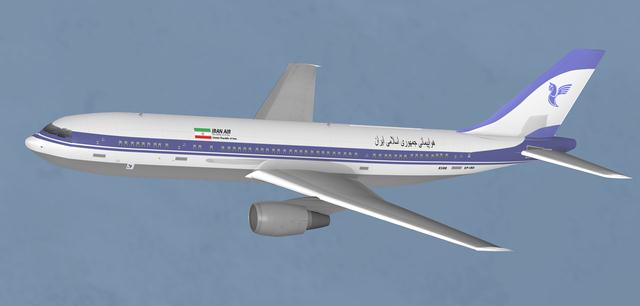The United States has long grappled with fears (however unfounded) that Iran is developing nuclear weapons. But it wasn’t that long ago that the United States had its hands full with Iran’s conventional weapons, namely its navy (what there was of it, that is). It was, writes David Crist in an article for Politico Magazine titled What Obama Should Learn From Reagan’s War With Iran, “a chapter of history that most U.S. policymakers—and too many military officers—have long forgotten.”
President Barack Obama must have spent last week wondering if he’d stumbled back into the 1980s as he responded to new Iranian aggressions in the Strait of Hormuz and ordered the Navy’s 5th Fleet to escort ships transiting the Persian Gulf. The headlines could have been ripped right out of Ronald Reagan’s presidency, when naval engagements with Iran became all-too commonplace.
He reports that:
… 28 years ago, a yearlong quasi-war between the two nations, pitted the high-tech U.S. Navy against an unorthodox force of Iranian small boats. Described as a guerilla war at sea, the struggle culminated in the U.S. Navy’s largest surface battle since World War II.
When Saddam Hussein invaded Iran in hopes of seizing its oil industry, it soon degenerated into trench warfare. Iraq then began attacking Iranian oil tankers in the Persian Gulf and Iran retaliated by attacking the shipping of Iraq allies Kuwait and Saudi Arabia. Iran, writes Crist then:
… declared it had the right to board any ship entering the Gulf suspected of carrying Iraqi war material. … On January 12, 1986, an Iranian boat intercepted the American ship President Taylor off the coast of the United Arab Emirates. After the ship’s captain refused to comply with a request to allow a search of his ship, the Iranians trained their weapons on the U.S. merchant ship to force the issue. Seven Iranian sailors boarded the ship, holding her crew under armed guard while conducting a perfunctory search. After an hour, they allowed the President Taylor to proceed.
Defense Secretary Caspar Weinberger directed American warships to accompany all U.S.-flagged ships passing through the Persian Gulf and ordered the use of force to prevent Iranians from boarding. Iran in turn relied on its Revolutionary Guard “mosquito” fleet, small boats equipped with machine guns and rockets that harassed the U.S. ships. At least as harmful was Iran’s use of mines. Crist:
On the morning of July 24, 1987, as the very first U.S. convoy of Kuwaiti tankers passed the small Iranian island of Farsi in the northern Gulf, a massive explosion rocked the 400,000-ton tanker Bridgetown. The ship had hit one of nine mines laid the night before directly in the U.S. convoy’s path. … Washington dispatched nearly 30 ships to address the Iranian challenge, including an aircraft carrier and a battle ship.
To give you an idea of some of the action, after its early mining success
… Iran intended to mine the main channel into the American naval base at Bahrain. Two Army Special Forces helicopters intercepted the logistics ship Iran Ajr, which had departed Bandar Abas with eight mines. When the Army pilots reported “mine-like objects” being pushed over the side, the helicopters were cleared to engage. Five Iranians died in a hail of bullets and rockets, and the next day Navy SEALs captured the ship and took 27 prisoners.
To find out how it only got worse from there read Crist’s article. Meanwhile, you may remember the tragic conclusion to this chapter in U.S.-Iran conflict.
On July 3, 1988, the USS Vincennes, commanded by an aggressive captain, instigated a fight with Revolutionary Guard boats inside Iranian territorial waters. In the middle of this firefight created by the Americans, an Iranian passenger jet took off from Bandar Abas, oblivious to the battle ranging on the water below. Due to incompetence and procedural errors, the Vincennes mistook the Airbus for an Iranian fighter. She launched two missiles, downing the airliner and killing 290 innocent civilians. In the aftermath, the U.S. government was less than honest about what had transpired and American culpability.
Crist concludes:
While much has changed in the Middle East since the last conflict with Iran, this latest dustup with Iran in the Strait shows the continuing tension between Washington and Tehran. Despite the prospect of a historic nuclear agreement, Obama may find that fighting and talking frequently go hand in hand, as other presidents have learned before him.

